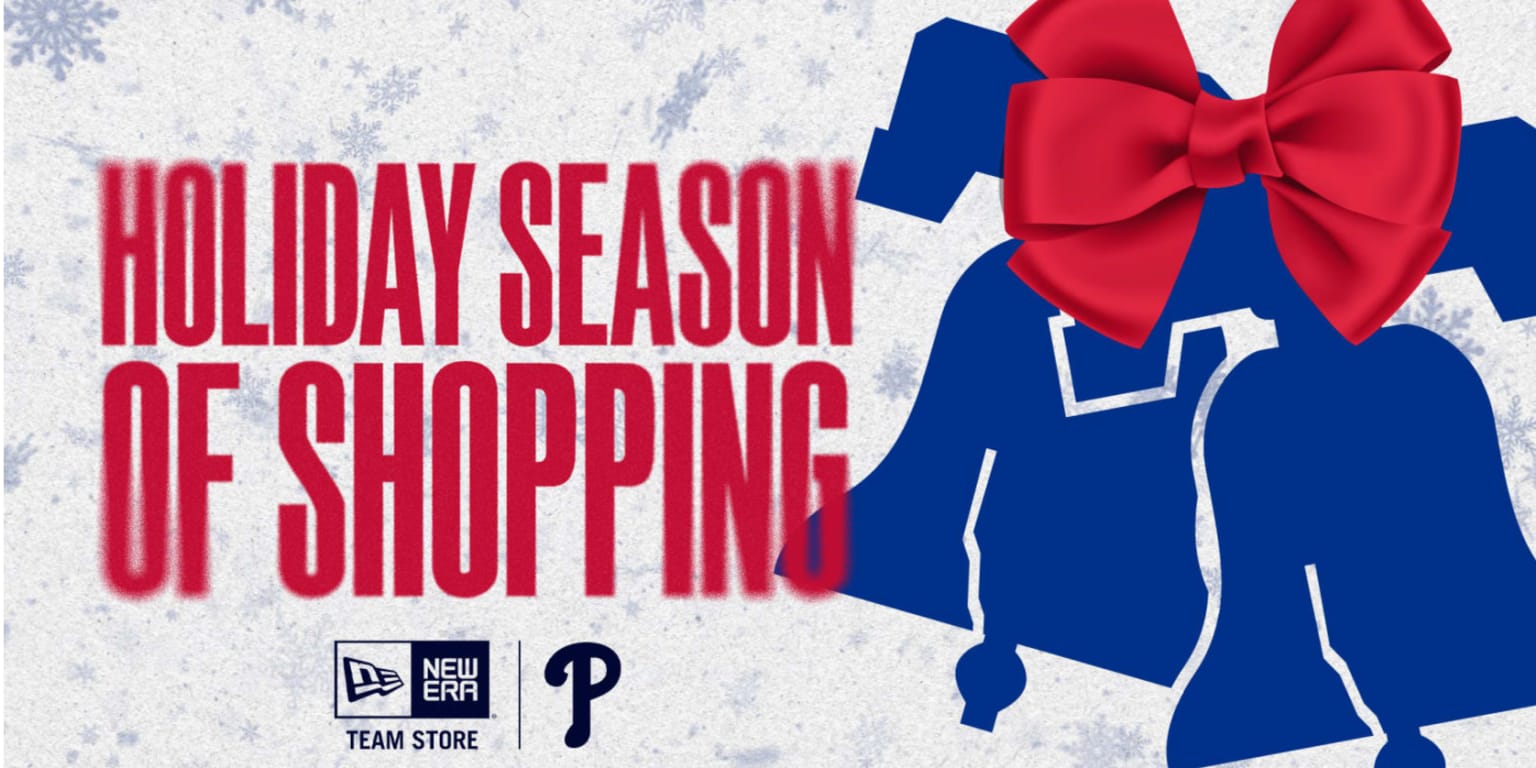World
‘She convinces us that magic lives in our world’: VE Schwab on Jonathan Strange & Mr Norrell

We bring ourselves to books. Who we are. Who we believe ourselves to be. Our personal history, our experiences, our needs, our wants, our biases. We pack all of it on our person. We carry it with us, like a satchel, on our journey into fiction. Sometimes, it helps us on the road. Other times, it weighs us down. Holds us back.
As writers, it is the part we can never account for – the fact that each and every reader who stumbles on our work carries their own world, their own mind. We know that the right reader might find our work at the wrong time. That for some, there will never be a right time; they are on a different journey. But there is another category of reader: the reluctant one.
The one who comes to the work, but does so cautiously, already half-convinced that it won’t be to their liking. Their satchel, laden with suspicion. Perhaps they do not like long books. Or historical ones. Or footnotes. These readers often come, expecting to be proved right that the book is not for them. And sometimes, to the delight of the author and audience alike, they are proved wrong.
I was one of those readers. I was 17 when I first came across Jonathan Strange & Mr Norrell, that hefty black hardcover with the eccentric font and the white bird on its cover. At the time, I favoured short books, convinced that anything too long would lose my attention. I remember thumbing through the pages in my local bookstore, seeing the dense text, the blocky footnotes gathered at the bottom, before snapping the book shut, and setting it back on the shelf. I left without buying it.
I spent the next two years eyeing the novel from a distance, equal parts curious and skeptical. In truth, I don’t remember ever making the decision to buy it, but at some point, in my freshman year of college, it appeared on my desk. A gift, I think, from a relative. I don’t remember who. Just as I don’t remember when or why I finally decided to give it a try.
I don’t remember those things, but I do remember where I was when I realised I was hooked. It was chapter three. I was sitting outside a college classroom, killing the 10 or so minutes before class, when Mr Norrell made the cathedral statues speak. It wasn’t just the image (I had a fascination with religious architecture and imagery, and often imagined the many things the stone eyes might have witnessed) but the uncertainty surrounding the magic, the idea that it might not be as simple and straightforward as I assumed it to be.
I finished the chapter in my seat as the other students filed in. I picked the book up again as soon as class let out. And after that, I never put it down. On some level, I think, I was afraid the spell would break. And it was a spell, of sorts, the story cast on me. It wasn’t the first time I’d lost myself in a book. Dozens of times I’d disappeared into fantasy, been transported somewhere else, but the worlds I found were either wholly distinct from my own, or beyond a threshold, a portal I had to find, and cross.
This was different. This was fantasy coming to me. I once heard it said that the trick to writing this kind of fantasy is to make it real. An absurd claim, on the surface, since the entire point of the fantastical is that it’s not real, but on deeper inspection, what it’s saying is this: fantasy succeeds by becoming a believable extension of what we as readers – as people – already understand. What we believe. What we know.
And by painting fantasy and reality with the same fine brush, you make it impossible to differentiate the strokes. They blend together, helping to create a new image, one that is neither, and both. This is Susanna Clarke’s great feat. It’s not that she tells the story of a world possessing magic. It’s that she convinces us that magic lives in ours. Not as a whimsical addition to a world we already know, but as a fundamental part of it, stamped into the foundation, intrinsic and essential, something that can be studied, comprehended, mastered, as rule-bound as maths, or physics. She melds the magic and the mundane, the fantastic and the ordinary.
after newsletter promotion
Now, as an author, I can grasp the magnitude of what she’s managed. But nearly 20 years ago, leaning back against the wall outside a college classroom, I was simply consumed by the idea of it, the question creeping through my mind.
What if?
Not just, what if magic was real? But what if magic was as organic as any other elements in nature? What if it followed rules, like science, and language, and maths? What if it wasn’t a matter of real v not real, but mysterious v understood? Something that could be learned?
“What if”, I’ve come to believe, are two of the most powerful words in existence. They bind the writer and the reader. They inspire one, and convert the other. They make space, not for wholesale belief, but for something cleverer. Doubt. You see, a book like this doesn’t ask you to believe in fantasy. No, instead, it simply plants a seed of doubt about the limits of what’s real. And a seed like that, in the right fertile soil, will sprout on its own, and grow.
As I read, I didn’t just wonder if magic was real. I wondered.
Over the last 20 years, Clarke’s book has taken root in so many readers’ hearts, and minds, and helped nurture a generation of writers like me, ones hoping to plant those same seeds of doubt, to create stories that don’t ask you to choose between magic and reality, when the answer need not be either/or.
But both.


:quality(70):focal(338x272:348x282)/cloudfront-us-east-1.images.arcpublishing.com/shawmedia/FOAF2O2ZIBEC5FYGY6GCKFXN3E.jpg)






